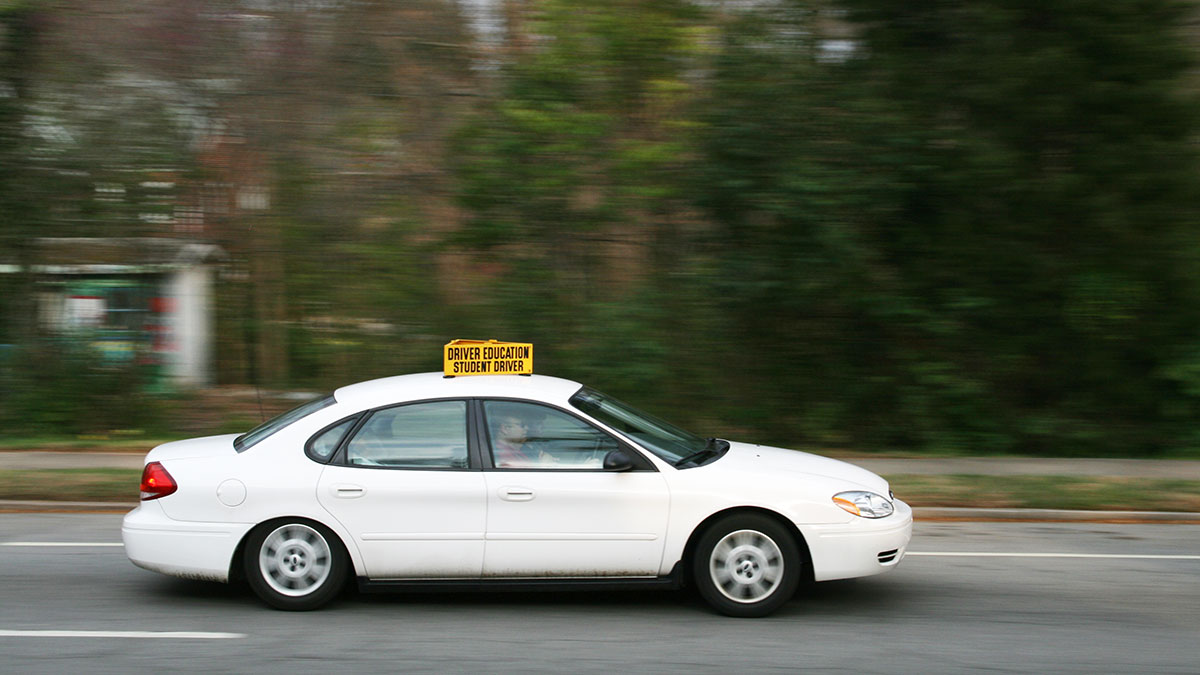 Supplied - Ildar Sagdajev
Supplied - Ildar SagdajevDriving a car is a privilege. It’s something that provides personal independence, while also coming with associated risks to yourself and others.
Testing new drivers is supposed to ensure drivers are knowledgeable, in an effort to minimize the risks they present to other drivers. Similarly, seniors are required to undergo a driving test every year once they turn 80, to ensure they are still capable of driving to the same standard as others on the road. This year, Alberta will change the age that these mandatory examinations begin, bringing it down to 75. A seniors’ advocacy group in British Columbia is arguing against instituting a similar measure in that province, claiming it’s ageist and that senior drivers are just as safe as younger ones. While some of their arguments hold water, others are not grounds to abolish the measure. It’s a simple fact of life that aging brings with it various changes, and seniors need to be tested for this reason alone.
A couple of points made by advocate Steve Wallace are valid. He argues, for example, the examinations for drivers should not be privatized and the exams should be updated to stay current with regulations that change from year to year.
Additionally, these tests can cost seniors up to $400 per year, a rate that seems like highway robbery without taking into consideration the fact that most seniors over the age of 75 won’t have a consistent source of income to easily pay such a high fee. Independence is also an issue, because many seniors are unable to get around without the use of a motor vehicle and regard driving a car as a mainstay of their autonomy.
Beyond these complaints, though, there isn’t much of a basis to change the current system. While seniors may be more cautious drivers, as Wallace argues, the simple fact is that as the human body ages, reflexes tend to slow down. Even if 40 per cent of seniors don’t experience reflex decrease, having 60 per cent of an aged population who can’t react as quickly as they might need to when driving a motor vehicle puts others at risk in much the same way as driving a vehicle on almost no sleep would.
Additionally, while this advocacy group argues that the testing standards are uneven (because younger drivers are not mandated to complete tests as frequently as their elders), comparing elderly drivers to young ones is like comparing apples and oranges. Physiologically, the bodies of younger and elderly people are not in comparable states. A more apt comparison might be between elderly people and those with severe vision impairments, to the point where the visually-impaired are almost legally blind. Someone with such a vision issue (or any other condition that could potentially worsen over time) could expect to be asked back for repeat testing so that if their risk as a driver were to increase, it could be caught before they accidentally harmed others. In this sense, elderly drivers are not discriminated against, because it’s a simple preventative measure.
To an extent, this argument has to do with the perception of risk and blame. By arguing that elderly drivers should be allowed to be tested less frequently on the grounds of ageism and saying that they’re also safer, more cautious drivers, proponents of this legal revision ignore the simple fact that any collision could involve the actions of more than a single driver. Seniors may be more cautious behind the wheel, but that doesn’t make up for the risks presented by other drivers, where the lack of response time that an elderly driver possesses may make the difference in a split second between survival or death in a collision. The law needs to be improved in regards to fee structures and testing institutions, and as far as seniors’ mobility is concerned, public transit could be improved to allow for greater autonomy for the elderly, or perhaps already-existing programs (such as Seniors Assisted Transportation Society) could be expanded. Otherwise, though, the current law needs to remain the same in order to minimize risks for everyone on the road, not just the elderly drivers in question.




